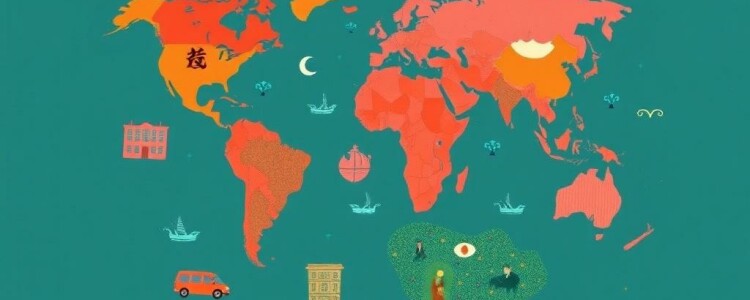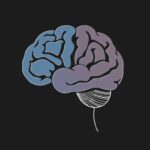Culture is often described as the lens through which we view the world, the invisible fabric that weaves together our beliefs, values, and ways of thinking. But have you ever stopped to consider just how deeply culture shapes our thoughts? It influences not only what we think but also how we think, affecting our perceptions, reasoning, and even our memories. Understanding the profound impact culture has on our cognitive processes opens a window into why people from different backgrounds approach problems in unique ways, communicate differently, and sometimes struggle to see eye to eye. In this article, we will explore how culture shapes our thoughts, weaving through psychological research, everyday examples, and practical insights to paint a vivid picture of this fascinating phenomenon.
What Is Culture and Why Does It Matter?
At its core, culture encompasses the shared values, customs, traditions, languages, and beliefs of a group of people. It is a collective programming of the mind that distinguishes one group from another. Culture influences everything from our manners and rituals to the stories we tell and the art we create. But beyond these visible expressions lies a deeper cognitive influence—it informs how we categorize information, how we interpret events, and how we make decisions.
Imagine culture as a pair of colored glasses; it doesn’t change the reality outside, but it changes how reality appears to you. This metaphor helps explain why two people from different cultural backgrounds might experience the same situation in vastly different ways. Understanding this foundational role of culture is critical because our thoughts direct our actions, shape our relationships, and even influence our mental health.
The Psychological Foundations of Cultural Thought
Psychologists have long studied the effects of culture on cognition by comparing people from different cultural backgrounds. One foundational concept is the distinction between individualistic and collectivistic cultures. Individualistic cultures, often found in Western societies, emphasize the independence of the self, personal goals, and self-expression. In contrast, collectivistic cultures, common in many Asian and African countries, stress interdependence, group harmony, and community goals.
This cultural orientation deeply influences how people perceive the self and others. For example, in individualistic cultures, people tend to think of themselves as autonomous individuals, which promotes analytical thinking—breaking down objects and ideas into their components. Conversely, collectivistic cultures encourage holistic thinking, where individuals view objects and events as interconnected and contextual.
How Language Reflects Cultural Thought
Language isn’t merely a tool for communication; it’s a code that encodes culture. The structure and vocabulary of a language reveal the priorities and concerns of its speakers. For instance, some Indigenous Australian languages have multiple words to describe different kinds of ‘water’, each with specific cultural meaning attached. This linguistic variety points to cultural importance placed on water sources in those communities.
Another example is how some languages position time differently. English speakers tend to think about time linearly—past, present, future in a straightforward sequence. However, Aymara speakers of South America visualize the future behind them and the past in front, reversing the typical metaphor. This difference in language shapes how people visualize time, demonstrating that culture doesn’t just shape what we think about but also how we represent abstract concepts in the mind.
Cultural Influence on Perception and Memory
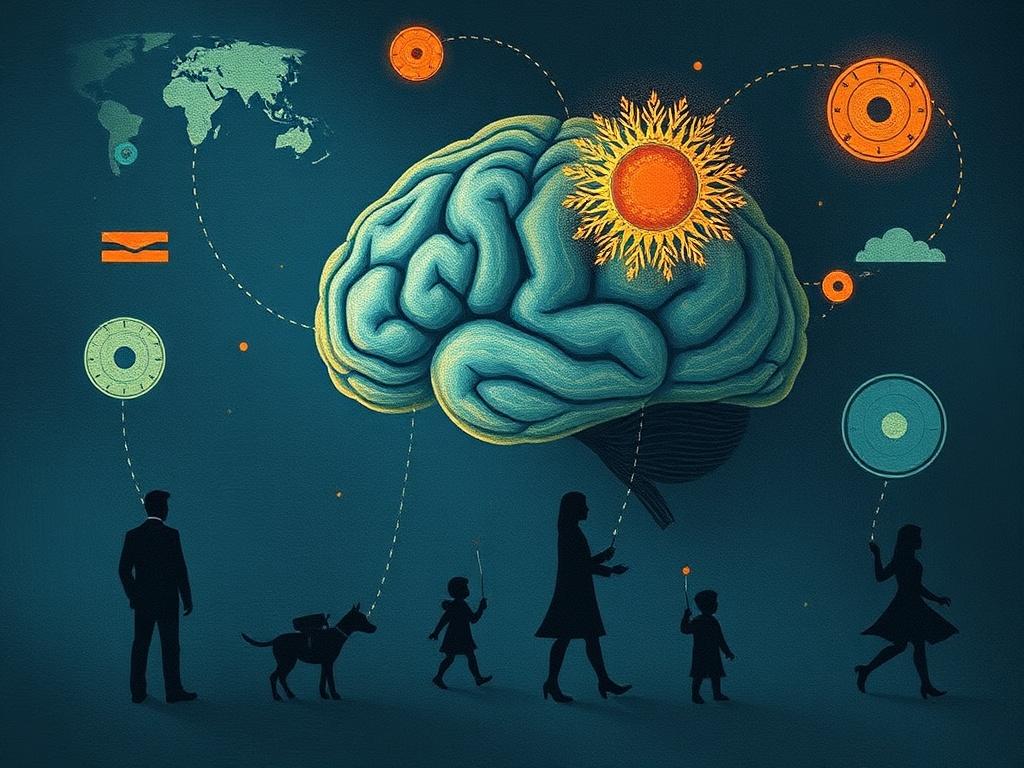
It’s fascinating that culture can affect even our basic sensory experiences. Researchers have found that people from different cultures perceive colors, faces, and visual scenes differently. For instance, Eastern cultures, which emphasize relational thinking, tend to notice the background and context of an image, while Western cultures focus more on the central object. This tendency extends into memory; people are more likely to remember details that are culturally salient.
Take the memory experiment where participants are shown a complex scene. Western participants often recall the main central objects more vividly, while Eastern participants remember contextual details like the background or relationships between objects. This difference highlights how culture shapes not just what we think about but also what we remember and prioritize.
Decision Making: Culture’s Role Behind the Scenes
Have you ever wondered why people from different cultures approach decision-making in ways that seem opposite? Researchers attribute these differences to the cultural frameworks that prescribe what is important in decisions. In individualistic cultures, decisions often prioritize personal benefit and logical analysis, striving for objectivity and individual rights. On the other hand, collectivistic cultures emphasize social harmony, family reputation, and group consensus, often leading decisions that might seem less “rational” from a Western point of view but make perfect sense within their cultural context.
These distinctions affect not only everyday choices like career paths and purchases but extend into more profound decisions involving ethics, relationships, and governance. Understanding these differences helps us appreciate why culturally diverse teams might struggle or thrive depending on whether they recognize and respect these underlying cognitive patterns.
The Impact of Culture on Emotional Expression and Interpretation
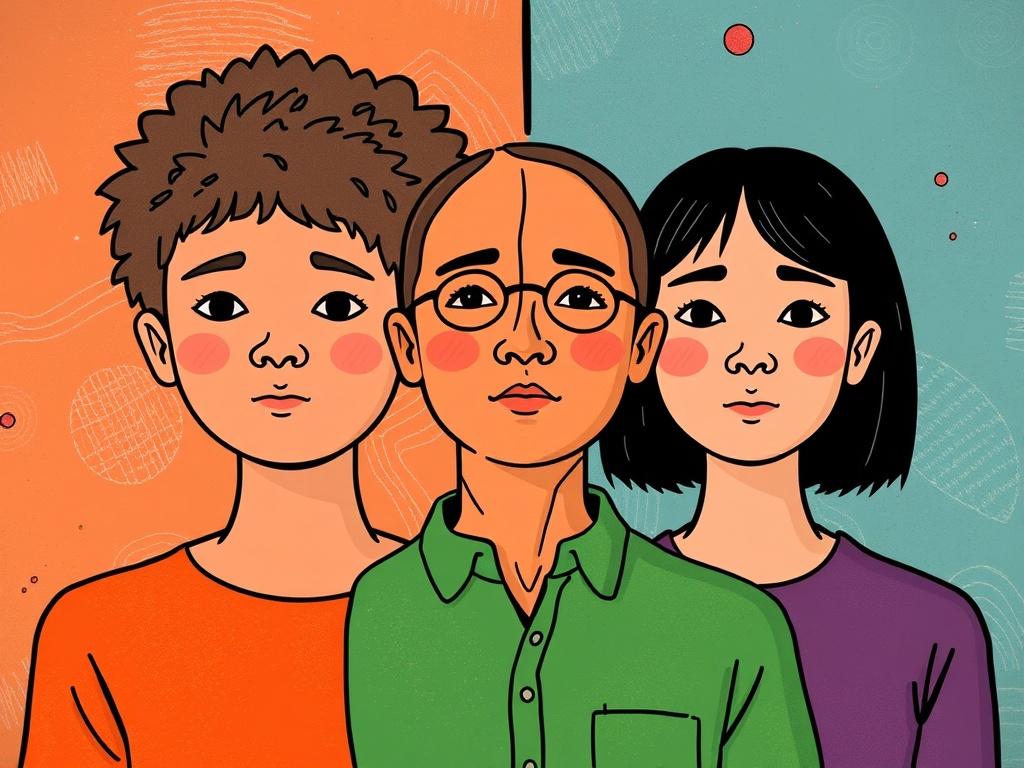
Culture doesn’t just shape how we think logically; it also molds how we experience and express emotions. In some societies, overt emotional expression is encouraged and seen as a sign of authenticity and connection. In others, restraint and emotional control are valued to maintain social harmony and avoid burdening others.
For example, East Asian cultures tend to promote emotional moderation, whereas many Western cultures celebrate individuality and spontaneous emotional expression. These cultural norms influence how people interpret emotions in themselves and others, which can cause cross-cultural misunderstandings. A smile can mean happiness in one culture but might be a polite mask in another.
Education, Culture, and Cognitive Styles
Education is a powerful cultural tool for shaping thought. Schools are often the first places where children learn not just facts but how to think, reason, and prioritize knowledge according to their culture’s values. In many Western countries, education emphasizes critical thinking, debate, and questioning authority as pathways to learning. In contrast, other educational traditions might emphasize memorization, respect for elders and teachers, and collective learning methods.
This cultural variation affects cognitive styles and learning strategies. For example, students raised in oral traditions might excel in storytelling and memory but struggle with written standardized tests. Educators who understand how culture influences cognitive development can better design curricula that respect diverse thinking styles, fostering inclusivity and enhancing learning outcomes.
A Table of Cultural Differences in Cognitive Patterns
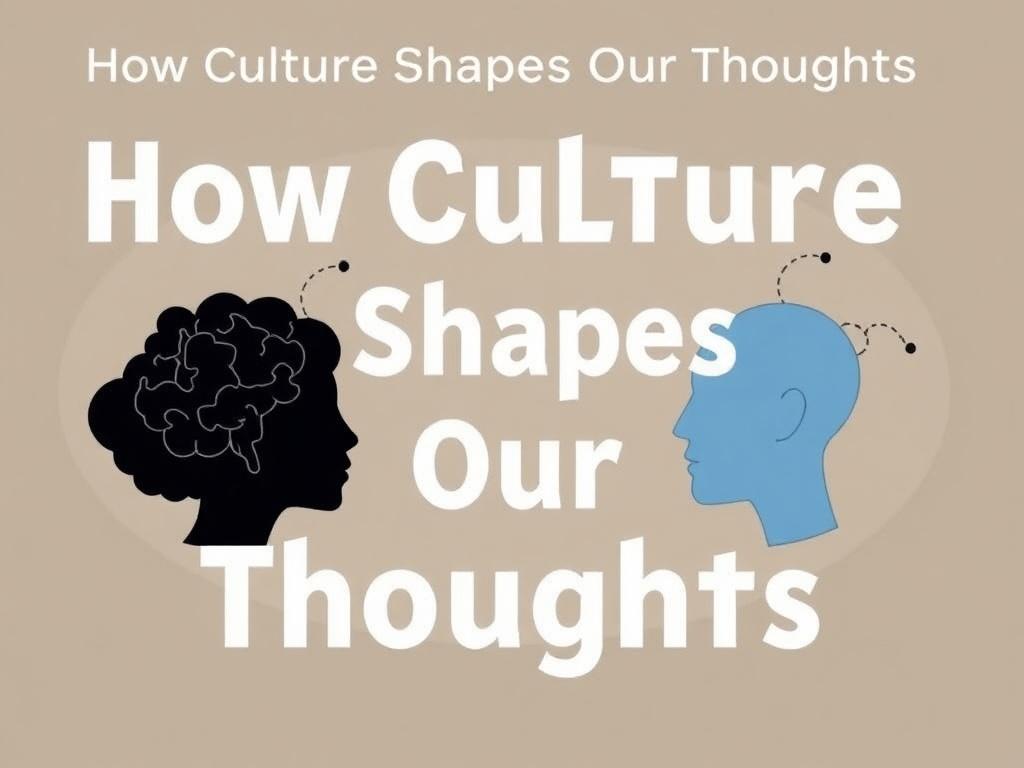
| Aspect | Individualistic Cultures | Collectivistic Cultures |
|---|---|---|
| Self-Concept | Independent, self-focused | Interdependent, group-focused |
| Thinking Style | Analytical, object-focused | Holistic, context-focused |
| Decision Making | Personal benefit, logic-driven | Group harmony, relationship-driven |
| Emotional Expression | Open, expressive | Reserved, moderated |
| Time Perception | Linear, future-oriented | Contextual, present & past-oriented |
How Culture Shapes Moral Reasoning and Ethics
Our thinking about what is right and wrong is deeply intertwined with culture. Moral principles are not universal rules but are often culturally constructed frameworks that guide behavior. What one culture considers ethical might be taboo or even illegal in another. For example, concepts of honesty, respect, and fairness can vary widely. Some cultures emphasize duty and obligation, while others prioritize individual rights.
This cultural diversity in moral reasoning has practical implications in global business, politics, and diplomacy. Understanding that culture shapes these core values helps us navigate conflicts more effectively and build bridges where differences otherwise create barriers.
The Role of Culture in Creativity and Problem-Solving
When it comes to creativity and problem-solving, culture provides both constraints and opportunities. Cultural norms determine what kinds of ideas are valued, how inventive expression is fostered, and how problems are framed. For instance, cultures with high tolerance for ambiguity often encourage more experimental and innovative thinking.
On the flip side, cultures with strong traditions may prefer solutions that align with existing beliefs and social structures, promoting stability but potentially limiting novelty. Recognizing how culture shapes creativity can help leaders cultivate environments where diverse perspectives lead to richer, more effective solutions.
Practical Tips for Navigating Cultural Thought Differences
If culture shapes our thoughts so profoundly, what can we do to communicate and collaborate better across cultural divides? Here are a few practical tips:
- Stay Curious: Approach cultural differences with genuine interest rather than judgment.
- Practice Empathy: Try to see situations through the other person’s cultural lens.
- Be Aware of Language Nuances: Remember that words carry cultural meanings beyond their dictionary definitions.
- Recognize Cognitive Styles: Appreciate whether someone prefers holistic or analytical thinking in discussions and problem-solving.
- Respect Emotional Norms: Understand that emotional expressions vary, and avoid assumptions.
The Future: Cultural Influence in a Globalized World
In our increasingly interconnected world, cultures are mixing and evolving faster than ever before. While this creates opportunities for cross-cultural understanding, it also raises questions about how culture continues to shape our thoughts in a blended global context. Will cultural cognitive patterns merge, or will distinct styles persist? How can we harness cultural diversity to foster more creative thinking while respecting individual identities?
This ongoing cultural evolution highlights the importance of cultural intelligence—the ability to recognize and adapt to cultural differences—in education, business, and everyday life. Developing a deeper awareness of how culture shapes thought can empower us to become better communicators, collaborators, and global citizens.
Conclusion
Culture shapes our thoughts in profound and sometimes subtle ways, influencing everything from how we perceive the world to how we make decisions and interact with others. It colors our language, frames our emotions, and molds our moral compass, all contributing to the unique tapestry of human cognition. By recognizing culture’s role in shaping thought, we gain valuable insights into why people think differently and how these differences enrich our shared human experience. Embracing this understanding not only helps bridge divides but also unlocks the potential for more nuanced communication, empathetic relationships, and creative problem-solving in our diverse and interconnected world.

